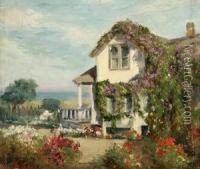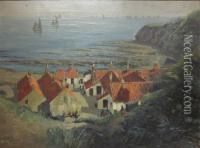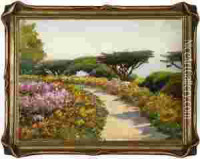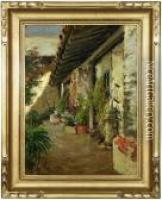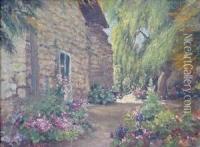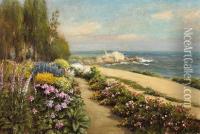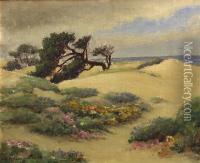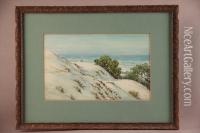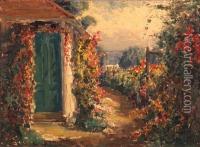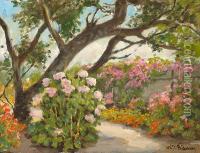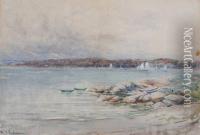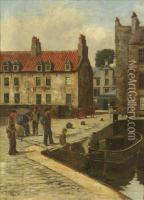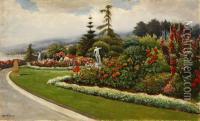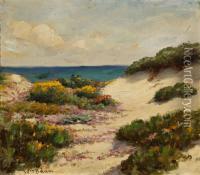William Adam Paintings
William Adam was a Scottish architect, mason, and entrepreneur, who is often considered one of the foremost architects of his time in Scotland. Born in Linktown of Abbotshall, now part of Kirkcaldy, Fife, on 30 October 1689, Adam was the son of a mason and became one of the leading figures in Scottish architecture during the early 18th century.
Adam's architectural style was heavily influenced by the classical and baroque styles, which were popular in Europe at the time. He was particularly known for his country house designs and for promoting the Palladian style in Scotland. His work includes the design of Hopetoun House near Edinburgh, and the remodeling of Floors Castle for the Duke of Roxburghe, showcasing his skill in creating grand and imposing structures.
In addition to his architectural pursuits, William Adam was also a successful businessman. He owned quarries and a marble workshop, which supplied materials for his building projects and for export. Adam's business enterprises helped to finance his architectural work and allowed him to take on large-scale projects.
William Adam's legacy includes not only his architectural contributions but also his three sons, John, Robert, and James, who followed in their father's footsteps and became prominent architects in their own right. Together, the Adam family helped to shape the architectural landscape of 18th-century Britain, with a particular influence on the neoclassical style.
Adam passed away on 24 June 1748 at the age of 58. His influence on Scottish architecture persists, and many of his buildings are still admired and studied by architects and historians today.
